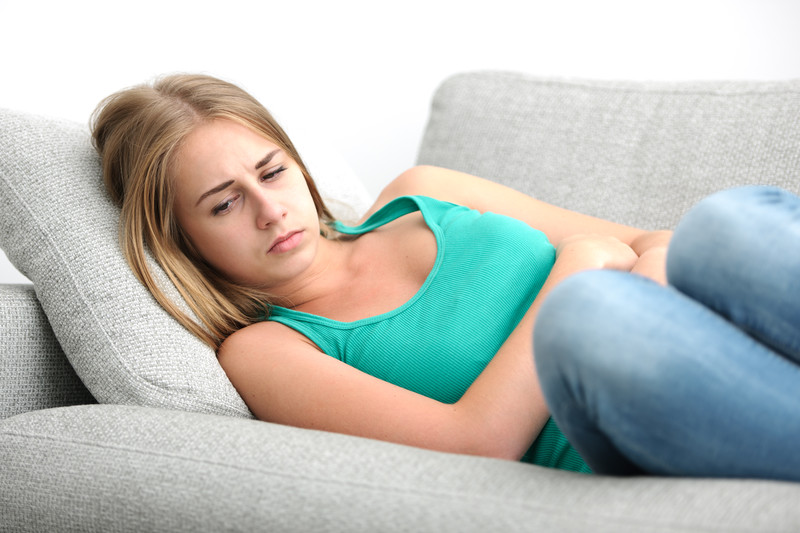What is Vulvodynia?
Vulvodynia means ongoing pain (usually described as burning) in the vulva (the female genital area) when there is nothing abnormal to see and no known cause for the pain.
Vestibulodynia is a term used for pain arising at the entrance of the vagina, in the area known as the vestibule (the area of the openings to the vagina and the urethra).
Many conditions affecting the vulva can be painful (e.g. thrush). In vulvodynia, pain is felt in the vulva when there is no obvious visible cause for it and other diagnoses have been ruled out by examination and investigation.
What are the symptoms of vulvodynia?
Pain occurs in the vulva, and occasionally involves the buttocks or even the inner thighs. It is often felt as a burning, stinging or raw discomfort and may be constant or intermittent. Symptoms may occur only in a small area or involve the entire vulva. The pain can occur spontaneously or when the vulva is touched. The ongoing pain can cause significant distress and anxiety as well as affecting sexual relationships.
What causes vulvodynia?
The precise cause is unknown. The nerve endings in the skin of the vulva appear to become over-sensitive and send abnormal signals which are felt as a sensation of pain. It is thought to affect about 15 in 100 women. It is not contagious or related to hygiene or hygiene products.
It may be primary (with no known cause) or secondary (following another condition, usually one in which there is inflammation in the vulva, such as that from thrush).
Can vulvodynia be cured?
There is no simple cure, but most patients will be helped by one or more of a variety of treatments, to the point at which it is no longer a problem
How can vulvodynia be prevented and treated?
Various treatments can be tried. Some of them may suit some women better than others, so it is worth trying different things to see which will help you. The following are sensible lines of treatment:
Vulva Care Measures
Topical Therapies
Oral Medication
Physiotherapy
How can physiotherapy help?
Patients with vulvodynia who have sex related pain frequently have pelvic floor muscle dysfunction which needs addressing. Physiotherapy for the pelvic floor muscles can be helpful.
Abnormally high muscle tone, or spasm, poor contraction versus relaxation (coordination) of the pelvic floor can be identified and relieved with specific exercises. Vulvar pain also can be related to other parts of the body, such as the back or hips, so a thorough musculoskeletal assessment will be performed.
Physiotherapy treatment techniques may include internal and external soft tissue release and myofascial release; trigger-point pressure; manual therapy; electrical stimulation; therapeutic exercises; active pelvic floor retraining; biofeedback; bladder and bowel retraining; dietary advice; therapeutic ultrasound; acupuncture and home vaginal dilation.
Holistic care
Treatment should be holistic; most women find that a combined team approach involving several different health care professionals as the most effective way of managing vulvodynia.
Where can I get more information?
Patient support groups: Vulval Pain Society
British Society for the Study of Vulval Disease

